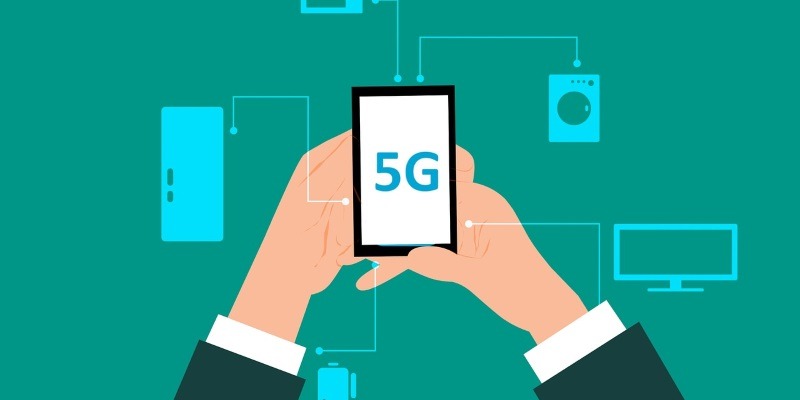
It’s no surprise that cellular network technology is big business. With so much depending on them for a signal and internet connection, it’s vital that the technology underlying these networks evolve and grow over time. We saw 2G, then 3G, and now our phones are using 4G. It only makes sense that 5G comes next, right?
5G is definitely on the books; in fact, it may be closer than you first think. We’ve already seen demonstrations of 5G networks in select countries, so it’s not so much “if” 5G happens than “when”. It’s a given that network companies will be scrambling to be the first to offer 5G speeds to their customers in a bid to outdo their competitors. It’s believed 5G will see commercial use in 2020.
While this is great news, what does 5G mean for the smart home scene? Will the extra G mean more developments in the Internet of Things? Or will everything generally stay the same?
What 5G Is
To answer these questions, we need to first pin down what a 5G connection entails. The best way to do this is to compare it to our current 4G connections to get a feel for how fast it really is.
Download Speed
Let’s take a look at the speeds first. When you’re using a 4G connection, you’ll realistically see download speeds of around 20Mbps. This is pretty decent for a mobile Internet connection; it’s about half the speed of a fast broadband connection that uses a landline.
5G, on the other hand, will realistically hit 10-50Gbps. Note that there’s a G instead of an M in “Gbps”. That’s right; 5G will be around 1000x time faster than 4G! This speed also decimates a lot of home broadband package speeds, too. Of course, this probably won’t be seen for a little while after 5G is rolled out, but the potential is still incredible.
Latency
5G’s latency is a lot lower than 4G’s. Latency is the amount of time it takes for a device to talk to its server; the lower the latency, the faster the communication can be. A rapid response is vital in time-sensitive applications! While 4G has a 50ms latency, 5G cuts it down to 1ms, making it a very rapid means of communication.
What Does It Have to Do with IoT?
5G has proven to deliver fantastic download speeds and superior latency response times. The main question is, is it something that the Internet of Things really needs?
If you take a look at some of the more common IoT gadgets, you’ll see there really isn’t a need for this kind of high-speed connection. Do your smart lights need lightning-fast connections to change the colour of your bulbs? Does your Amazon Dash need gigabytes of bandwidth space in order to transmit your grocery order? Does your smart smoke alarm really need a 1ms over 50ms response time to set itself off?
At first, it may seem like 5G in the Internet of Things is a bit of a waste. If we dig a bit deeper, however, we can find some ways that the IoT can benefit from such amazing speeds. Here’s a few ideas to get you excited for the future!
Security Systems
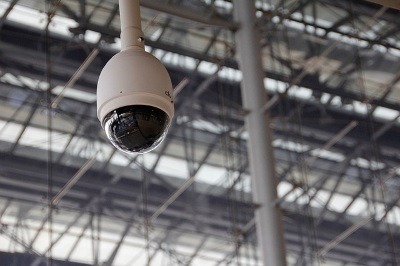
We’ve already seen smart security systems such as Nest that allow you to scan the area around your home from the comfort of your smartphone. You don’t even need to be at home; you can see who’s snooping around while across the country and alert the authorities if need be.
For such a service to really work, you’ll need good video quality and framerate to see what’s going on. 5G would have the bandwidth to deliver lag-free, high-quality video so you can keep tabs on the fort while you’re out.
Smart Cars
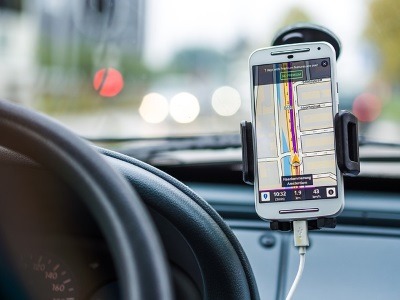
Cars may not be in the market for 50Gbps connection speeds, but it definitely wants fast response times. 50ms to 1ms may be the difference between a crash and a clean pass. As such, we may see smart cars adopt 5G as a reliable means to deliver lots of data as quickly as possible to avert disaster.
Drones
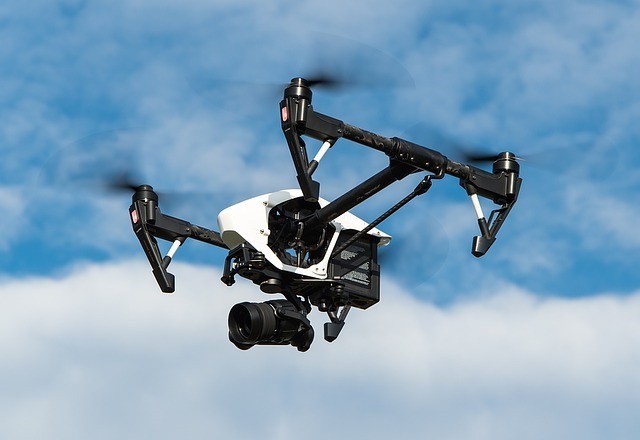
Perhaps not the kind you buy in the store, but definitely for emergencies and dangerous situations. A good bandwidth allows a drone to send high quality sound and video back to its pilot, while its low latency allows superior control over the drone itself.
Health Devices
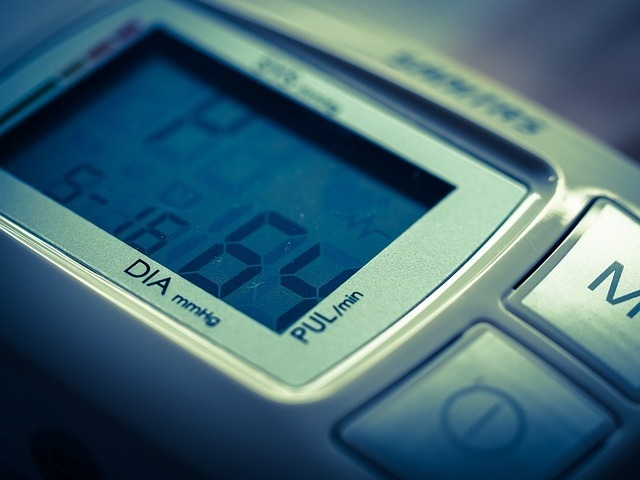
With its generous bandwidth and low latency, patients with chronic diseases can be monitored very well with a 5G connection. Vital statistics can be taken as much as the doctor requires, and alerts can go out the moment the device detects something wrong.
The Future of 5G
At first, a 5G use case for IoT seems wasteful. When you look a little further down, however, you’ll find some very real applications for this new technology. Whether it’s the decent bandwidth or the lightning-fast latency, 5G will enhance the gadgets of the future.
What are you most looking forward to with 5G? Let us know below!









